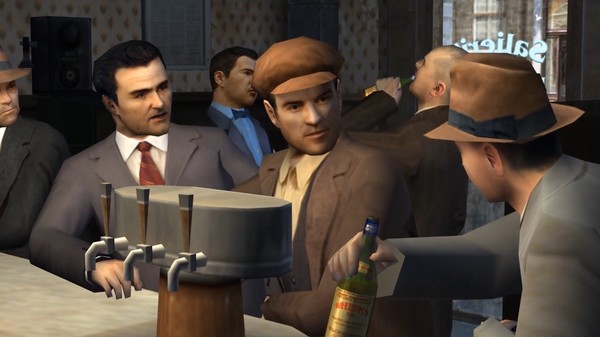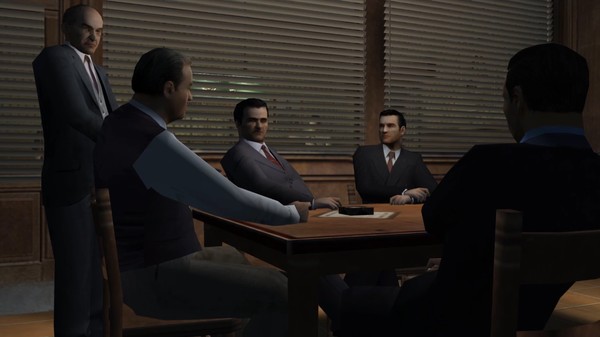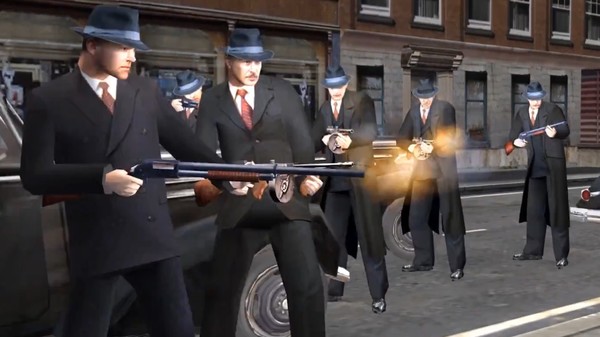Mafia
by Illusion Softworks, 2K





The Developer Says...
It’s 1930. After an inadvertent brush with the mafia, cabdriver Tommy Angelo is reluctantly thrust into the world of organized crime. Initially, he is uneasy about falling in with the Salieri family, but soon the rewards become too big to ignore.
Keywords
Players Like...
❤ Detailed Driving Mechanics
The game accurately simulates the weight and limited power of 1930s automobiles. Vehicles accelerate slowly, have poor braking, and dramatically fishtail at high speeds. Players must carefully manage speed and maneuverability, especially during high-speed chases and getaways, to maintain control of these realistically-behaving cars.
❤ Consequences for Traffic Violations
The game imposes realistic consequences for breaking traffic laws. If players are caught speeding, running red lights, or causing accidents, police will pull them over and issue tickets. Repeated offenses can lead to arrests, incentivizing responsible driving to avoid jeopardizing missions. This mechanic reinforces the delicate balance players must maintain as members of the mafia.
❤ Varied Mission Objectives
Beyond typical driving and shooting sequences, the game features diverse mission objectives like bootlegging, bank robberies, and assassinations. Many missions include optional tasks, allowing players to approach situations in different ways. This variety prevents the gameplay from feeling repetitive over the lengthy campaign.
❤ Challenging Combat
Weapons exhibit substantial recoil, and the player character's movement and aiming lack the responsiveness of modern third-person shooters. Combined with strategic enemy placement and severe consequences for failure, this creates a steep learning curve that demands patience and persistence to overcome. While potentially frustrating, the difficulty contributes to a profound sense of accomplishment.
❤ Immersive Atmosphere
The game's attention to period-accurate architecture, vehicles, and jazz-inspired soundtrack fully immerses players in the 1930s setting of organized crime during the Great Depression. This historical authenticity is a major part of the compelling and memorable gameplay experience.

